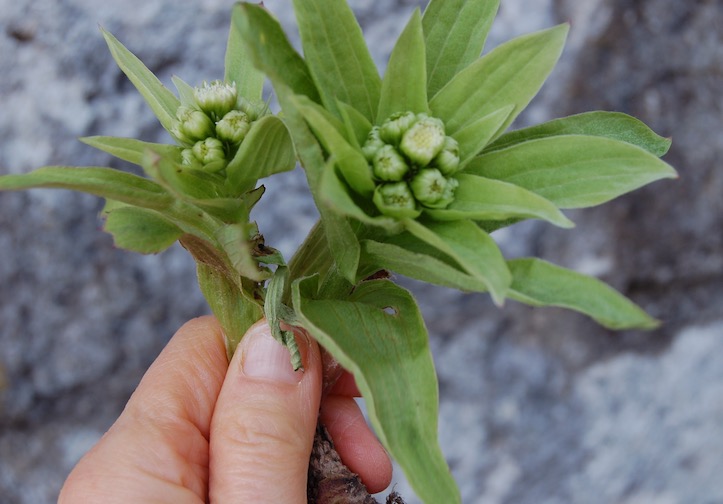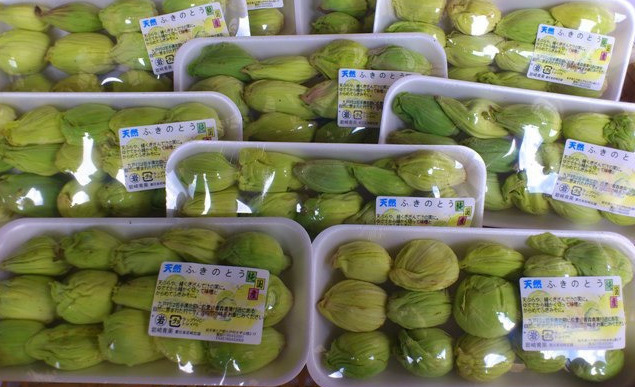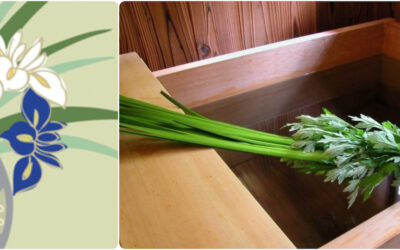
Fuki no Tō 蕗の薹
BUTTERBUR (Petasites japonicas)
Sansai, literally “mountain vegetables,” are foraged from woodland areas in various parts of Japan as winter thaws into spring. When sansai dishes appear at table, it signals the start of culinary spring fever: an aching for milder weather accompanied by a craving for earthy-sweet flavors tinged with a slightly bitter edge.
I had been in Japan for less than year when I found myself hiking in Yamanashi, west of Tokyo, one chilly March morning with a group of sansai devotees. I remember my surprise at first finding, then tasting, fuki no tō,– a flowering plant that beckoned to be plucked from frost-crusted earth.

Fuki no tō can be prepared in a variety of ways. One of my favorites is Fuki no Tō Miso, a savory, slightly bitter mixture the consistency of chunky tomato paste. The tightly closed fuki no tō buds are typically blanched, minced, and then stewed in a mixture of miso, sugar, and saké. The resulting spread will keep well and remain aromatic and flavorful for about 6 to 8 weeks (though commercially produced spreads typically have a 2-year shelf-life before opening, 6-8 weeks thereafter, refrigerated).
Fuki no tō miso is fabulous smeared on toasting omusubi (pressed rice bundles) or slathered on tōfu and broiled. It also makes a terrific dip for raw vegetables.

If you live in Japan, look for packages of foraged fuki no tō buds from mid- February through March. Here is a recipe to guide you to making your own fuki no tō miso mixture. FUKI NO TO MISO
If you cannot source fuki no tō buds, use another fresh herb (perhaps sage, cilantro or tarragon?) or aromatic vegetable (perhaps ramps or chives?).




